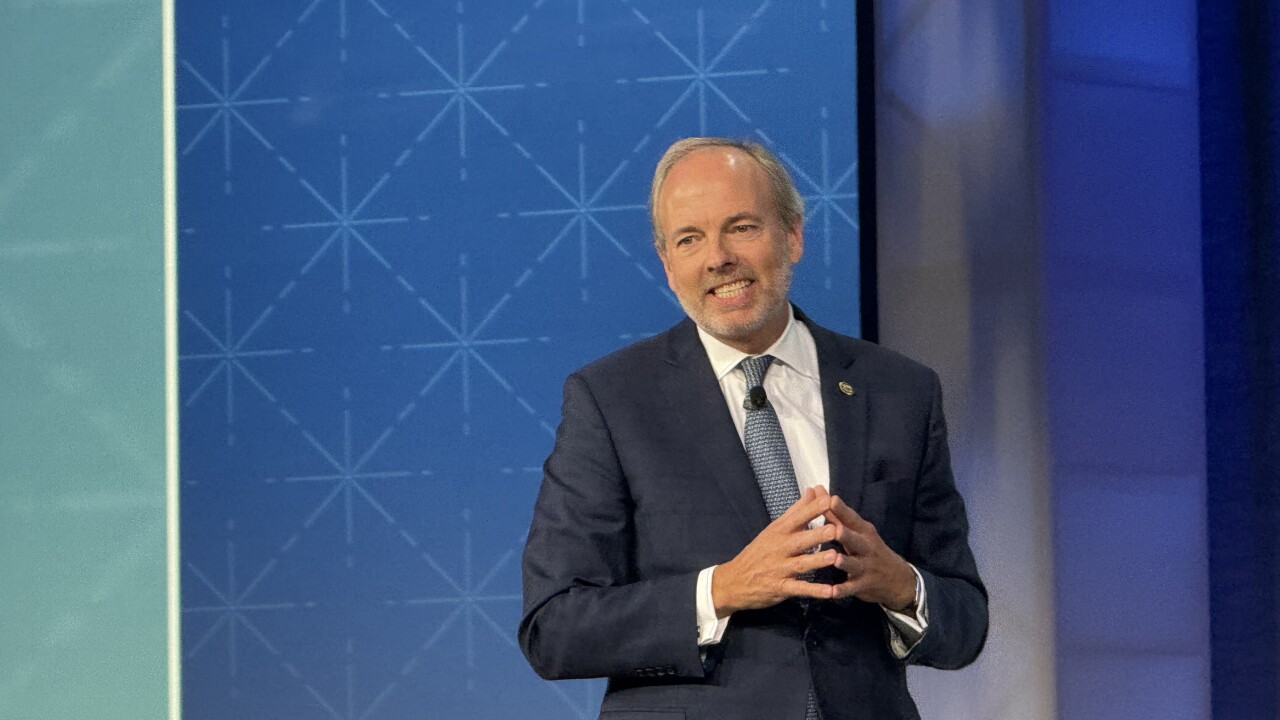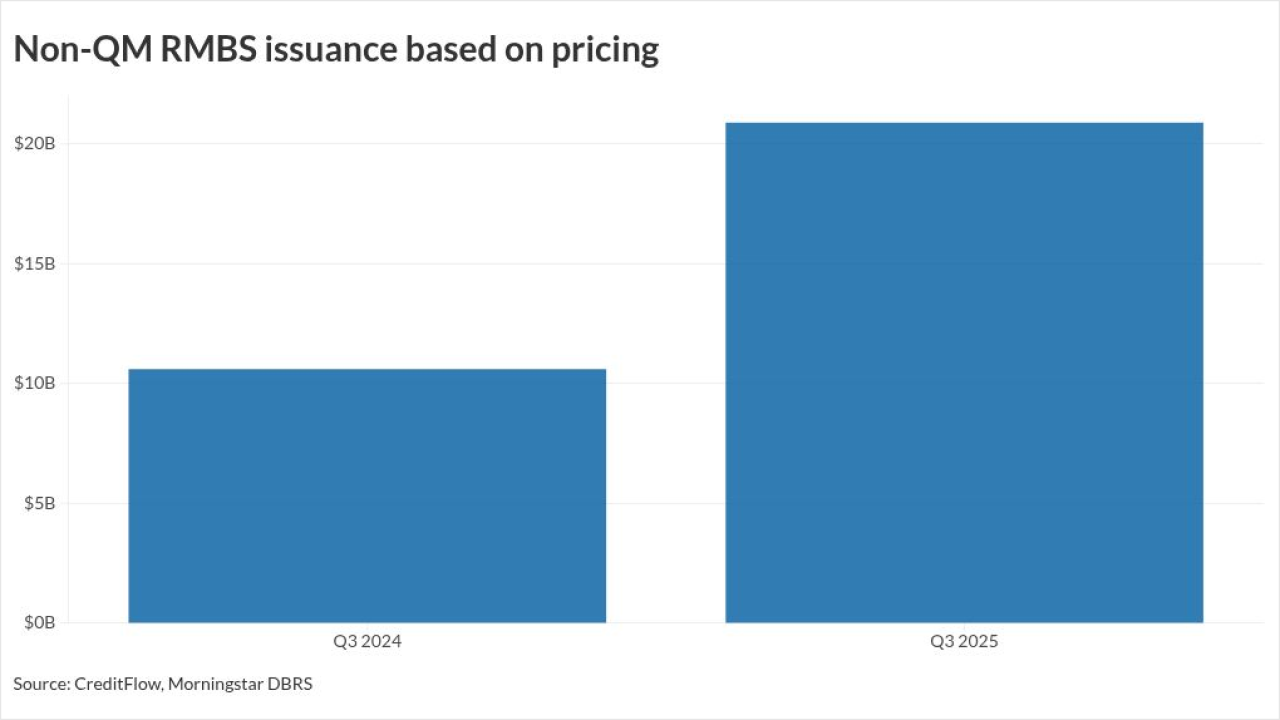Fannie Mae's economic division has released its first origination forecast for two years from now and it projects a rebound to levels that haven't been seen since the 2021 by then, but at a gradual pace.
Following projected increases of almost 11% this year and nearly 25% next year, originations could rise another 6.5% by 2027 and stop just shy of $2.5 trillion, a number last seen in 2021.
While rates and other market conditions can be volatile, making it likely the forecast could change over time, for now the government-sponsored enterprise's 2027 projection suggests lenders may want to prepare to bank any 2026 gains ahead of what could be a slower 2027.
Longer-term forecast remains focused on purchase
The new 2027 forecast projects the bulk or $1.63 trillion in originations will come from homebuyers with
Rates could decline by a steeper 60 basis points in the coming year, but with many outstanding loans from the pandemic a long way from being exposed to refinancing incentive, Fannie's forecast also anticipates purchases loans will make up $1.49 billion of next year's $2.3 trillion.
The administration also has been
Fannie has forecast that home sales recently pegged at around 4.7 million for 2025 could top 5 million by next year and grow more incrementally to 5.3 million in 2027.
Other recent reports have been more pessimistic about the housing market's strength, with Fitch reporting that it
Rate politics also will play a role in what happens in 2027
Much could depend on the degree to which the Trump administration has influence over rates, which are governed by independent policymakers but which it has strongly advocated lowering.
Some officials like
Mortgage Bankers Association Chief Economist Mike Fratantoni said recently that
The administration is expected to be able to exert more influence over the FOMC as time passes, which could change the forecast notably by then. The president nominates members of the rate-setting Federal Open Market Committee and the Senate confirms them.
However, the Trump administration may be somewhat hesitant to exert too much influence over the independent Fed board as the market has had a negative reaction to it in the past.





